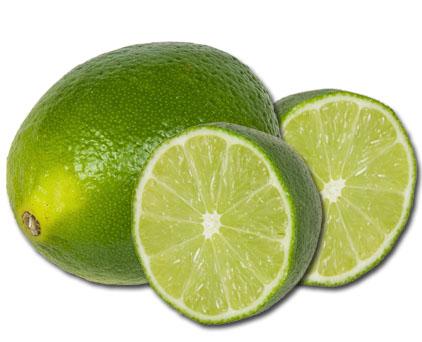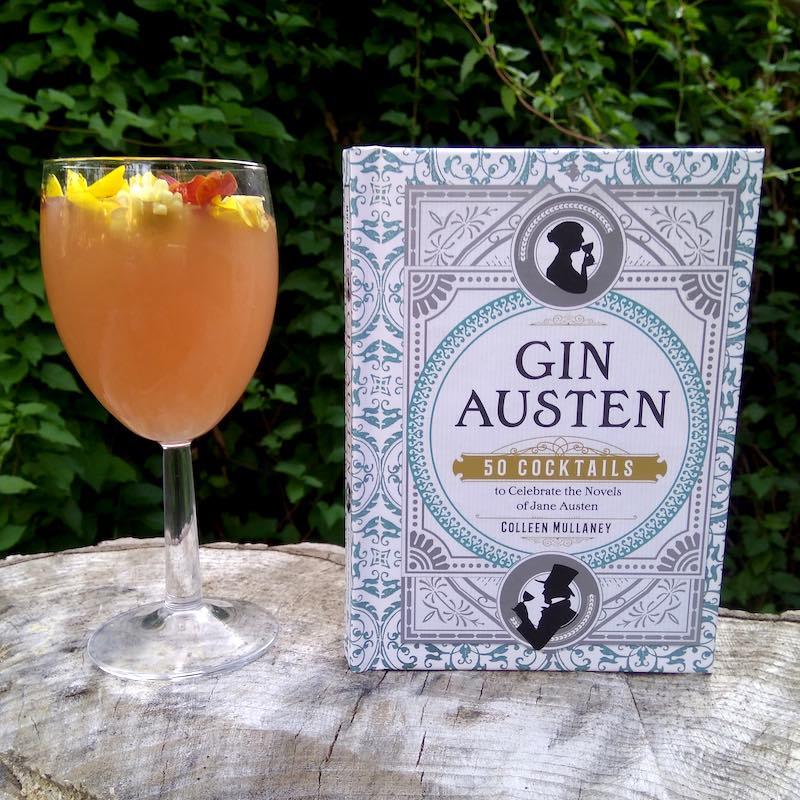What Would Jane Drink? - Coffee in Jane Austen’s Work and World
By Rudy Caretti

Tea or coffee? It’s one of the great British dilemmas... Despite our image as a nation of tea lovers, the numbers tell a different story. According to a report by Mintel Coffee UK, about 70 million cups of coffee were sold each day in Britain in 2008. Another report released in 2012 showed that almost every adult in the UK drinks instant coffee. This accounts for about 74% of the population that enjoys coffee. Today, one can find a café in every town with a wide range of different coffees to choose from. People enjoy their coffee while waiting for the train, at the numerous coffee houses, and in their homes. In Jane Austen’s day, tea-drinking was very much the preferred activity, though coffee certainly features in her novels.
Miss Bates in Emma was in no doubt as to her preference: “No coffee, I thank you, for me -- never take coffee. A little tea if you please, sir, by and bye…” But it is drunk with appreciation in Northanger Abbey, Sense and Sensibility, Mansfield Park and –on no fewer than six occasions – in Pride and Prejudice. Britain’s first coffee shop was established in Oxford in 1650. Its name was Angel and was owned by a Jewish entrepreneur called Jacob. Oxford’s community known for its experimental culture and scholarly interests; their coffee houses would later be termed as penny universities. Two years after the inception of Oxford’s coffee houses, London acquired its first coffee house in Cornhill’s St. Michael’s Alley. It soon caught on: by 1675 there were over 3,000 coffee shops in different parts of England. The atmosphere in these cafes was as much a part of the attraction as the drink. Unlike bars and taverns, coffee shops were seen as places for witty discussions by the highly skilled and erudite. An eclectic group of people would gather in coffee houses to do business, discuss political issues, catch up with the day’s news and so forth. Even if the early shops strived to remain inclusive, the majority of those frequenting the coffee houses were people of high social status. Some famous businesses, notably Lloyd’s of London, were born in coffee houses of the 18th century.
Indeed, such was the reputation of coffee houses as intellectual hotbeds that Charles II tried to snuff out the coffee shops in 1675, because the political discussions typically to be heard there were considered possibly subversive. But public outcry led him to withdraw his proclamation against coffee houses. Also, women were said to be not in favour of coffee houses. Generally, coffee houses were open to all people regardless of their social status, religion or gender. However, discussions held in these forums centered on topics popular with men such as politics, cultural criticism, and business. Women were felt to be an unwelcome intrusion, and as a result, most grievances about coffee houses were registered by women.
For instance, there was the 1674 Women’s Petition Against Coffee, which alleged the drink was not only keeping the men away from their homes but also turning husbands into eunuchs and making them “as unfruitful as the sandy deserts where that unhappy berry is said to be brought.”
Thus, by Jane Austen’s time, the more inclusive and domestic habit of tea drinking had achieved social superiority. In fact, the coffee houses had almost completely vanished from the scene by 1830. Many were turned into clubs for the social elite, such as the Athenaeum club on Pall Mall, founded in 1824. Tea-drinking took over in part because it was easier to prepare at home compared to coffee. Drinkers did not have to visit cafes to enjoy their favorite beverage: they could enjoy as much tea as they desired from the comfort of their homes. Tea drinking was also less controversial than coffee, because it was drunk at home, with the entire family, and not just by men.
There was less chance of men conspiring against the government in the company of ladies and afternoon tea! And it was felt that tea did not have the same addictive effects as coffee, (though anyone who witnesses the British on a seaside holiday may well question that judgment…) Women were glad to have their husbands at home for most of the time, and government support for anything that fueled demand for tea contributed likewise to coffee’s decline. The British East India Company, which was among the first to introduce coffee in Britain, had by this time developed an interest in tea after sensing stiff competition in the coffee market. Coffee houses did not disappear completely. However, the unique coffee house culture had disappeared by late 19th century. Just a couple of coffee houses were preserved and continued to be frequented by the cultural elite. Instead of sedition, coffee began to acquire an association with temperance, when reforming movements such as the Salvation Army began operating coffee houses in the later-nineteenth century, as an alternative to alcohol-serving public houses. Today, we tend to think of tea and coffee as interchangeable: some of us prefer one and some of us prefer the other. But in Jane’s time, and thus in her novels, there is a greater significance behind the choice, with both drinks carrying their own very different sets of meanings and cultural associations. So – tea or coffee?
Rudy Caretti has more than 15 years of experience in the coffee industry, a passion that started in Italy within the family business and brought him to found Gimoka Coffee UK with a group of friends, who share the same passion.
Enjoyed this article? If you don't want to miss a beat when it comes to Jane Austen, make sure you are signed up to the Jane Austen newsletter for exclusive updates and discounts from our Online Gift Shop.



Leave a comment
This site is protected by hCaptcha and the hCaptcha Privacy Policy and Terms of Service apply.